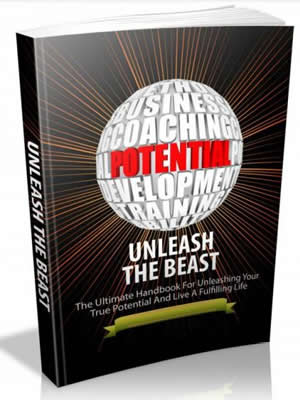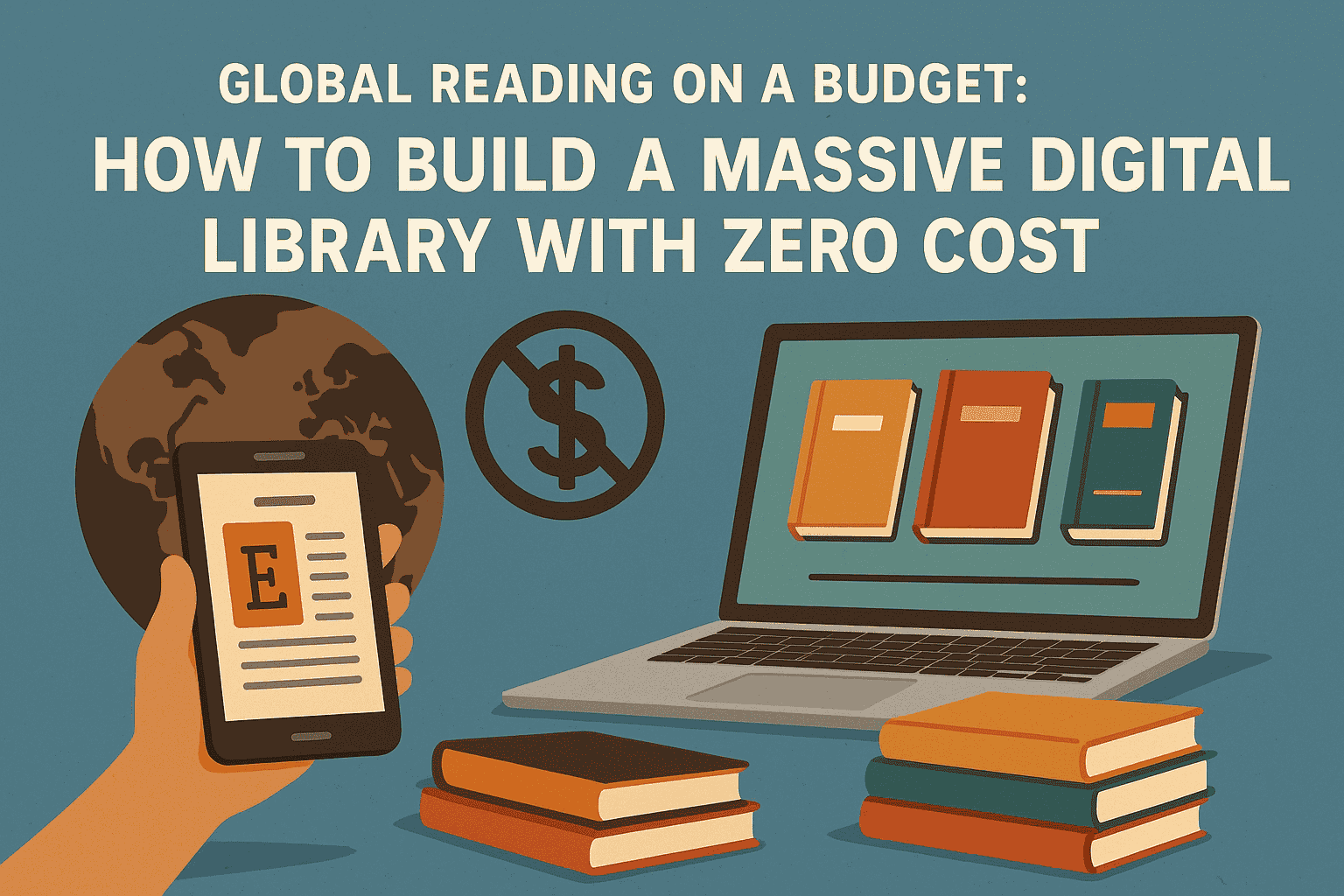Publishing Trends in Sports Biographies: Where Legacy Meets Literature
In the world of book publishing, sports biographies have emerged as one of the most dynamic and emotionally resonant genres. Readers are consistently drawn to the lives of athletes—not just for their physical achievements, but for the stories behind the headlines: the grit, glory, pain, and persistence that define a life in sport. From tell-all memoirs by superstars to introspective narratives by lesser-known athletes, sports biographies are evolving rapidly in style, content, and audience reach.
In this blog post, we explore the emerging publishing trends in sports biographies, revealing how these books are reshaping both the literary landscape and the way we understand athletic greatness.
Why Sports Biographies Remain Perennially Popular
Before diving into the trends, it’s important to understand why sports biographies resonate so deeply with readers:
-
Human drama: Readers crave stories of overcoming adversity, and few life paths are as dramatic or publicly tested as an athlete’s.
-
Role models: Young readers and sports fans alike look to athletes for inspiration, making biographies ideal motivational content.
-
Behind-the-scenes insight: Biographies provide a glimpse into the psychology, politics, and personal lives of public figures.
-
Crossover appeal: These books attract sports fans, biography lovers, and even readers who don’t follow sports religiously but enjoy compelling life stories.
The genre sits at the intersection of celebrity culture, history, and human psychology—making it an evergreen category for publishers.
Trend 1: Rise of Ghostwritten Memoirs with Literary Quality
One of the most noticeable shifts in the genre is the increasing quality of ghostwritten sports biographies. Today’s athlete-authored memoirs are often produced in collaboration with Pulitzer Prize-winning journalists, novelists, and essayists, blurring the line between autobiography and literary nonfiction.
Examples:
-
Open by Andre Agassi, ghostwritten by J.R. Moehringer, reads more like a novel than a traditional memoir.
-
Greenlights by Matthew McConaughey, while not a sports book, paved the way for narrative-first celebrity memoirs—an approach many athlete-authors now emulate.
Takeaway for Publishers: Investing in top-tier writing talent helps elevate sports biographies beyond mere documentation into powerful storytelling.
Trend 2: More Inclusive and Diverse Voices
Historically, sports biographies often focused on white, male athletes from popular sports like football, baseball, and basketball. But there’s a growing appetite—and publishing response—to stories from:
-
Female athletes (e.g., Forward by Abby Wambach, Break the Mould by Sinéad Burke)
-
Paralympians and adaptive athletes
-
Athletes from underrepresented regions or sports
-
Queer and trans athletes (e.g., Fairest by Meredith Talusan)
-
Minority voices tackling intersectionality—race, gender, and class—through the lens of athletic identity
This trend reflects a wider cultural demand for representation and authentic storytelling, especially from younger and socially conscious readers.
Trend 3: Multi-Format Releases and Multimedia Integration
Athletes today are not just subjects—they are brands. Many biographies now launch as multi-format experiences:
-
Hardcover + audiobook + exclusive podcast interviews
-
Accompanying Netflix or ESPN documentaries
-
Photo books or visual inserts chronicling athletic milestones
-
Augmented Reality (AR) features or exclusive app content
Example:
-
The Last Enforcer by Charles Oakley was accompanied by interviews, digital excerpts, and a social media blitz coordinated with major sports outlets.
Implication: Publishers are beginning to treat sports memoirs like pop culture events, utilizing multimedia to deepen engagement.
Trend 4: Niche Targeting and Micro-Audience Marketing
Not every sports biography needs to be a mass-market bestseller. Publishers are finding success in targeting niche audiences with:
-
Biographies of coaches, not just athletes
-
Memoirs focused on youth sports, high school, and college
-
Athlete stories with mental health, addiction, or spirituality angles
-
Deep dives into specific events (e.g., one Olympic race, one season, or a single injury comeback)
Narrow focus allows for deeper storytelling and appeals to passionate sub-groups within sports fandoms.
Trend 5: Blending Memoir with Self-Help and Business Advice
Many athlete memoirs now double as motivational books, offering readers not only a life story but also a guide to success. These hybrid titles often fall into personal development or business categories.
Examples:
-
Relentless by Tim Grover (trainer of Kobe Bryant and Michael Jordan) combines memoir with performance psychology.
-
The Mind Gym by Gary Mack is part memoir, part mental coaching manual.
This blending of genres opens new shelving and marketing opportunities—especially for entrepreneurial readers.
Trend 6: Emphasis on Mental Health and Vulnerability
Gone are the days when sports biographies focused solely on grit and muscle. Today’s readers expect emotional depth and mental health transparency.
Athletes are opening up about:
-
Depression and anxiety
-
Burnout and identity loss after retirement
-
Substance abuse and eating disorders
-
Therapy, mindfulness, and personal growth
Books like Body Mind Mastery by Dan Millman and What Made Maddy Run by Kate Fagan signal a major shift in the emotional tone of sports storytelling.
Why it matters: Vulnerability makes athletes more relatable and enriches the narrative beyond physical feats.
Trend 7: Social Media-Driven Author Platforms
Athletes with large followings are turning their social media into powerful launch pads for their books. This trend is encouraging more self-publishing and hybrid publishing models for sports memoirs, especially among influencers and niche-sport athletes.
Influencers or micro-athletes with:
-
YouTube fitness channels
-
TikTok training diaries
-
Instagram reels about injury recovery
…are translating their digital authenticity into printed pages.
Key insight: Publishers now scout author potential based on audience engagement, not just name recognition.
Notable Recent Sports Biographies Worth Reading
Here’s a curated list of recent sports biographies that showcase these trends:
-
“Open” by Andre Agassi – Literary and brutally honest.
-
“Becoming Kareem” by Kareem Abdul-Jabbar – Cultural and educational.
-
“A Runner’s High” by Dean Karnazes – Blending memoir with philosophy.
-
“All In” by Billie Jean King – Gender, identity, and legacy in sport.
-
“Rebound” by Brian Grant – Parkinson’s, mental health, and identity.
What This Means for Aspiring Writers and Publishers
If you’re writing or publishing in the sports biography space, consider the following:
-
Depth over drama: Today’s readers want more than highlight reels—they crave emotional complexity.
-
Cultural relevance: Weave in themes of social justice, mental health, and representation.
-
Use storytelling professionals: Hire skilled writers to ghostwrite or collaborate.
-
Leverage tech: Use podcasts, social media, or documentary tie-ins to expand reach.
-
Think cross-genre: Don’t be afraid to mix memoir with advice, history, or coaching.
Conclusion: The New Playbook for Sports Biographies
Sports biographies are no longer just about what happens on the field—they’re about what happens in the locker room, in the mind, in the home, and in the heart. As publishing evolves, these stories are becoming more layered, inclusive, and sophisticated.
Whether you’re a publisher looking for the next breakout star, a reader craving raw and real narratives, or a writer hoping to capture athletic excellence on the page, there has never been a more exciting time to explore this genre.
From stadium lights to the printed page, the journey of the athlete remains one of literature’s most enduring and evolving sources of inspiration.







